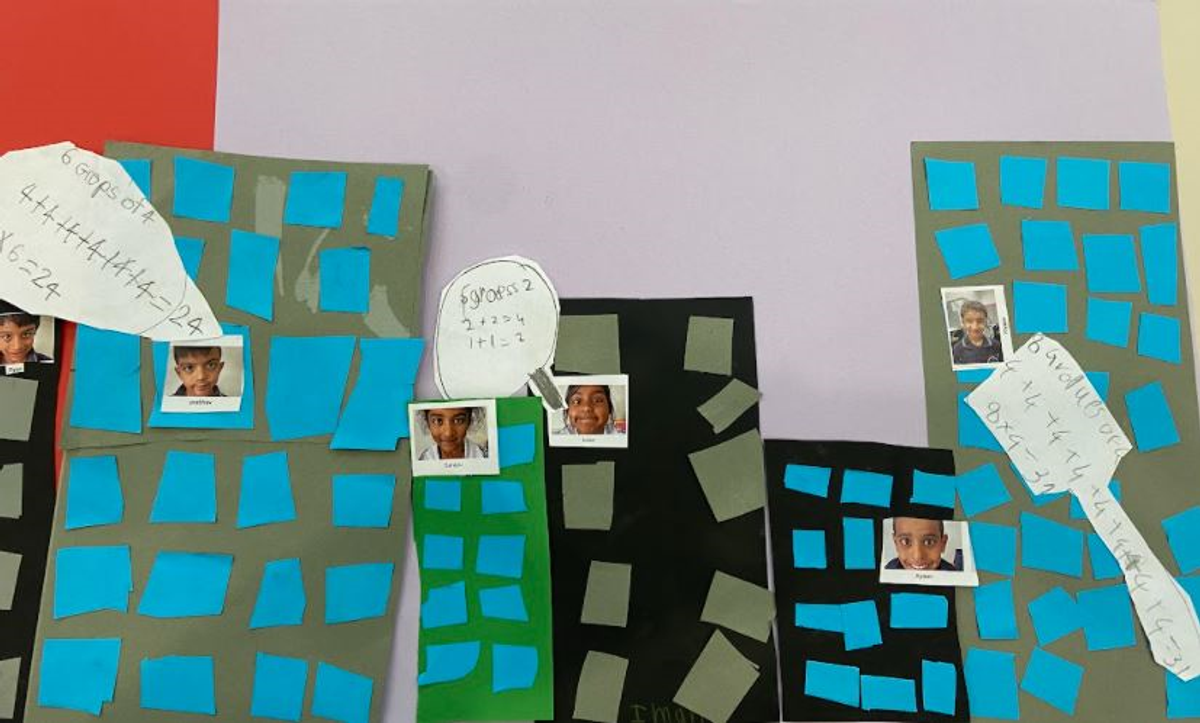Mathematics

In Level One, students will embark on an exciting journey exploring Fractions. They will be introduced to this concept through real-life examples such as: slices of bread in a whole loaf and eggs in a carton. Students will explore the concepts of equal sharing, identifying parts of a whole, and comparing fractions using concrete and pictorial representations.
Students will then dive into the fascinating world of telling the time. They will explore how to read and write the time using both analogue and digital clocks. Students will develop their understanding of hours, minutes and seconds, and how they are related. Utilising physical clocks will enable students to investigate key times such as o’clock, quarter past, quart to, half past and eventually learn to tell time to the nearest five minutes. As they apply their knowledge of time-related vocabulary and concepts such as AM and PM, students will develop practical skills for reading and telling time confidently.
Additionally, students will explore Location and Transformation; building a strong foundation to apply positional language, give and follow directions, and locate objects on a map. Students will develop the ability to identify and describe the position of objects in relation to themselves and other objects. They will engage in tasks that involve giving and following directions, honing their skills in understanding basic maps and grids. Students will explore the concept of transformation, discovering how shapes can be flipped, slid, or turned.
We encourage you to celebrate their accomplishments and continue supporting their mathematical journey by:
- Showing your child real life examples of fractions when you notice them. These may include: pizza, slices of cheese, a loaf of bread, a carton of eggs, or a packet of cookies.
- Support your child to tell the time (o’clock, quarter to/past, half past)
- Ask you child what time of day it is (Morning, afternoon, evening, AM, PM)
- Ask your child to explain the position of objects around the house (in the fridge, on a shelf, in their room) using key language (beside, next to, below, under, on top, left, right, in between, over, in front).




